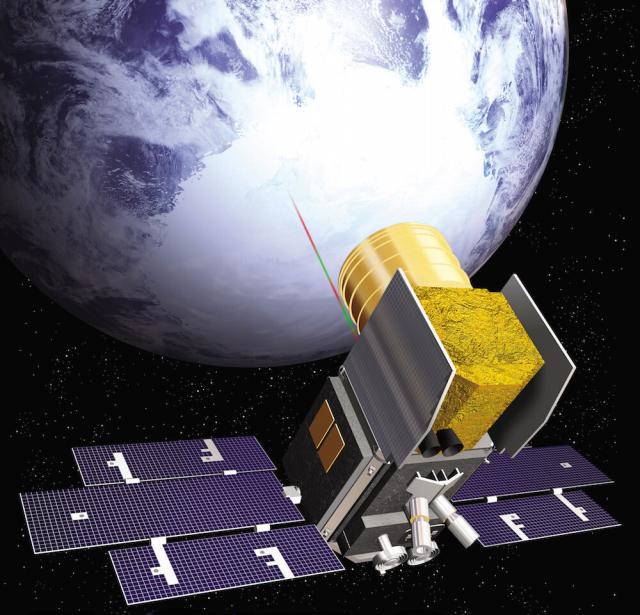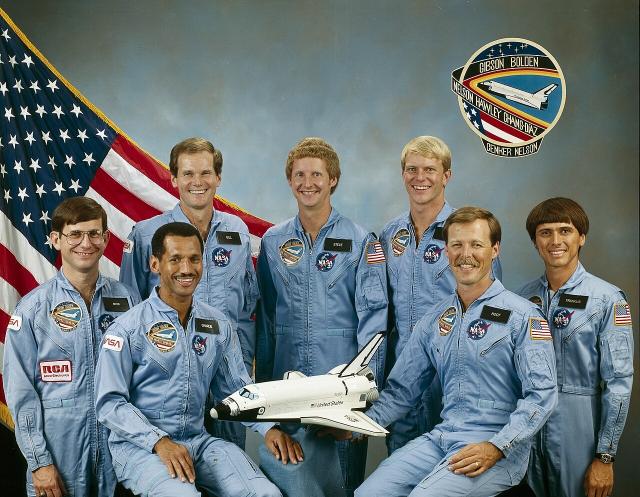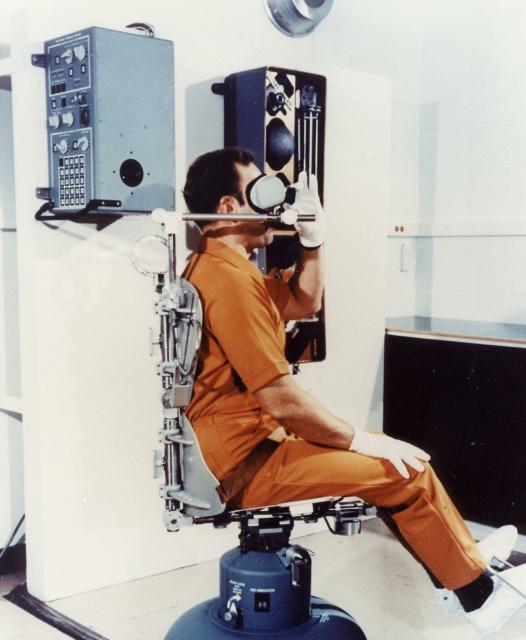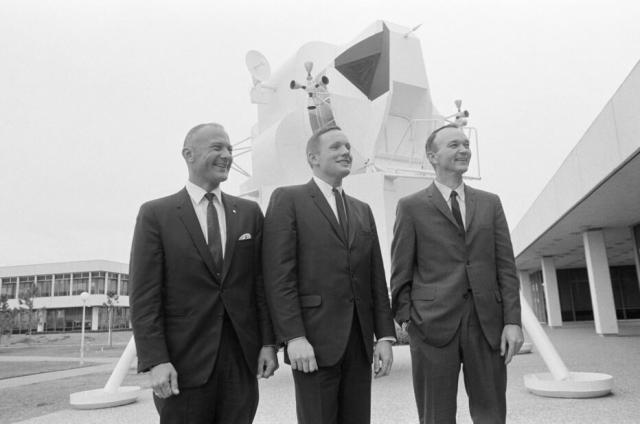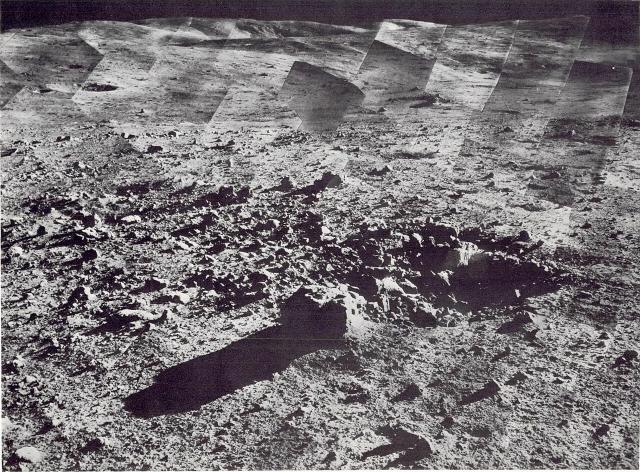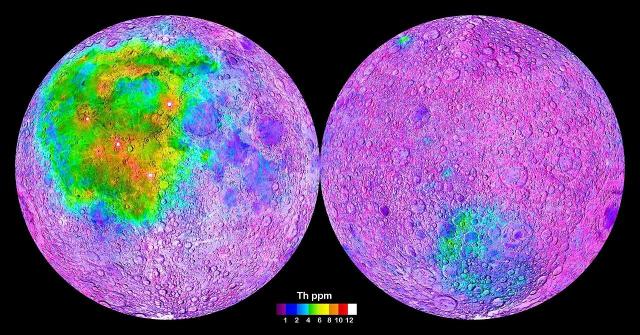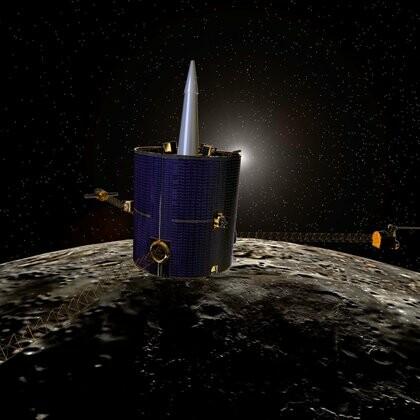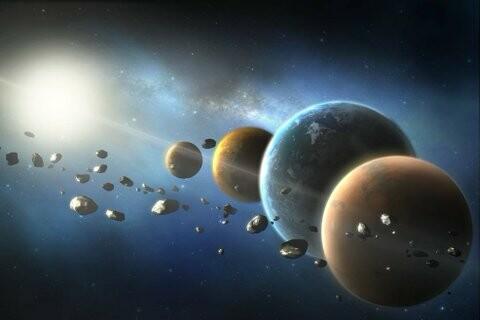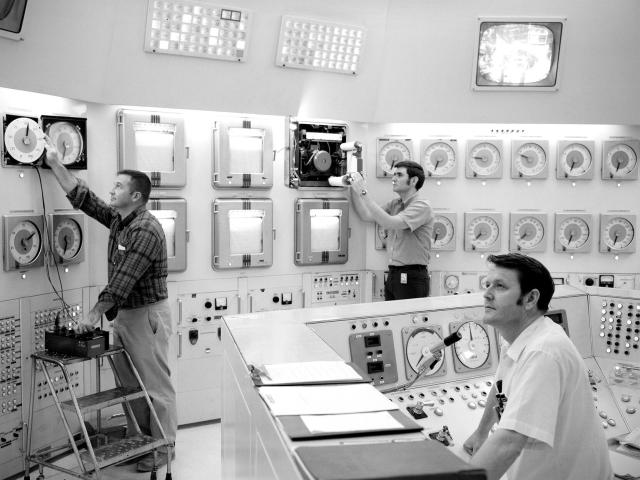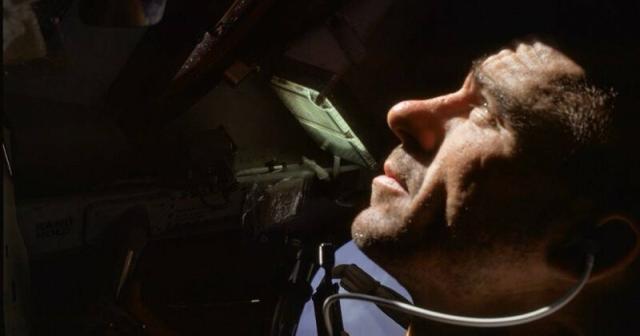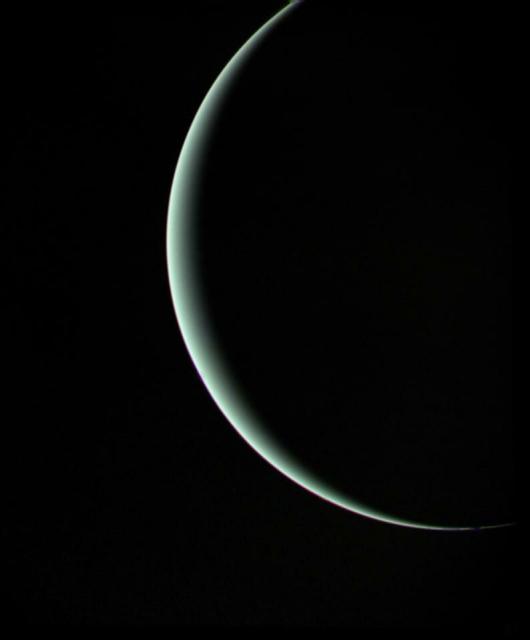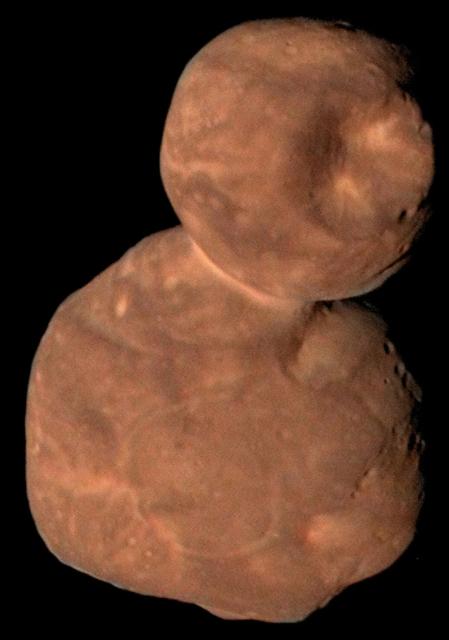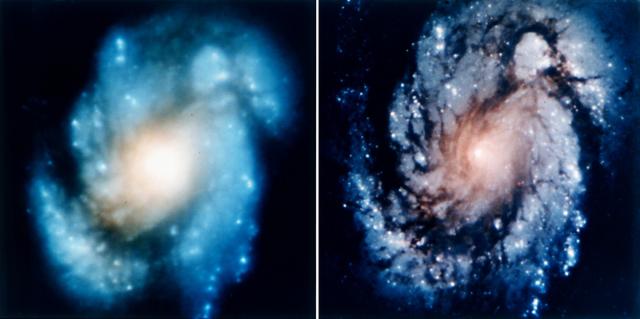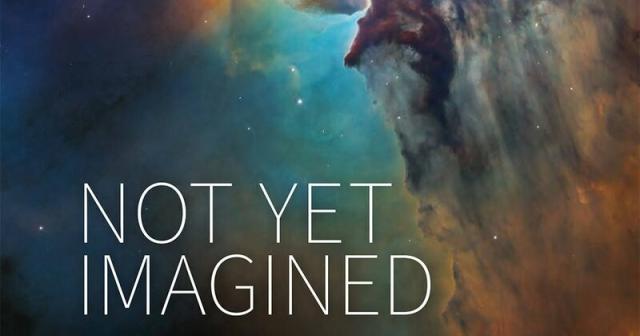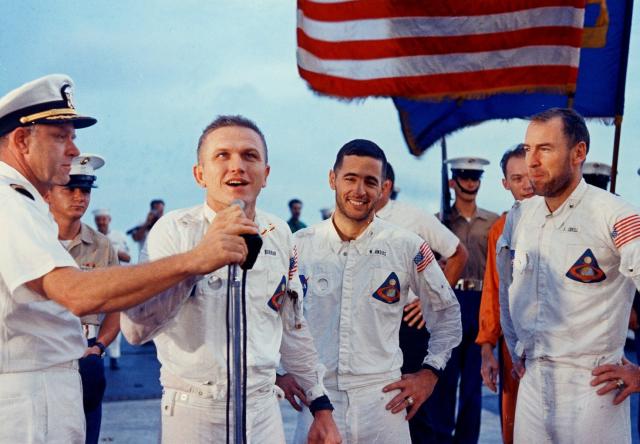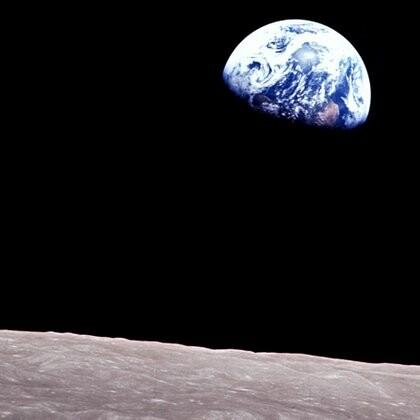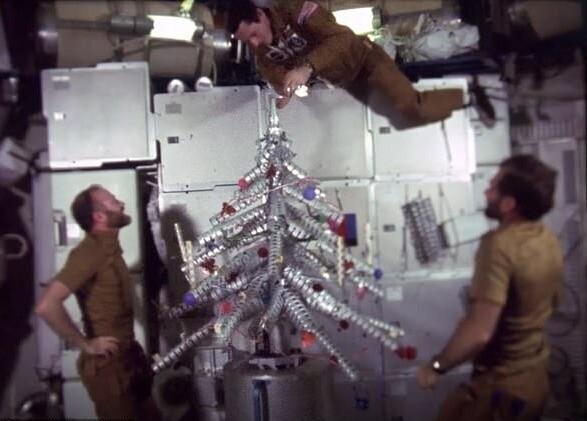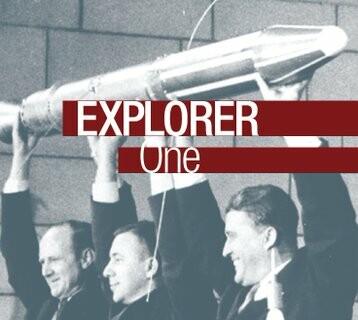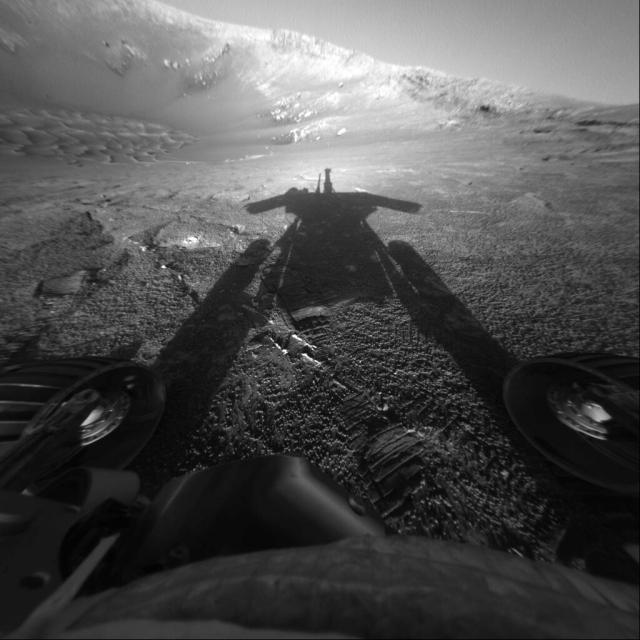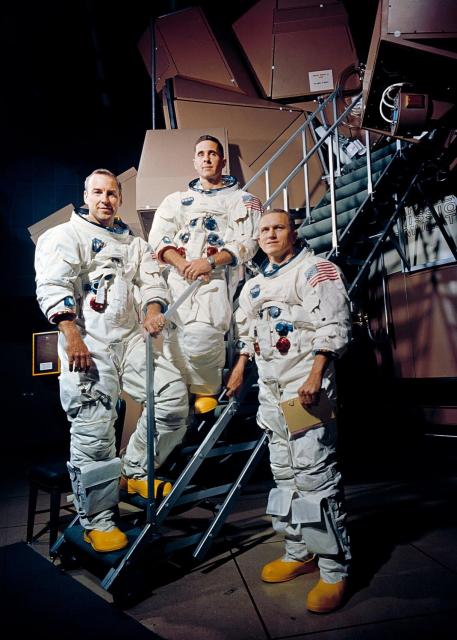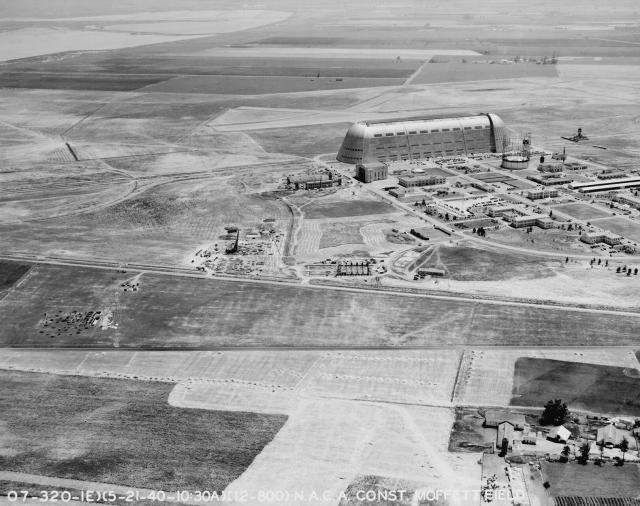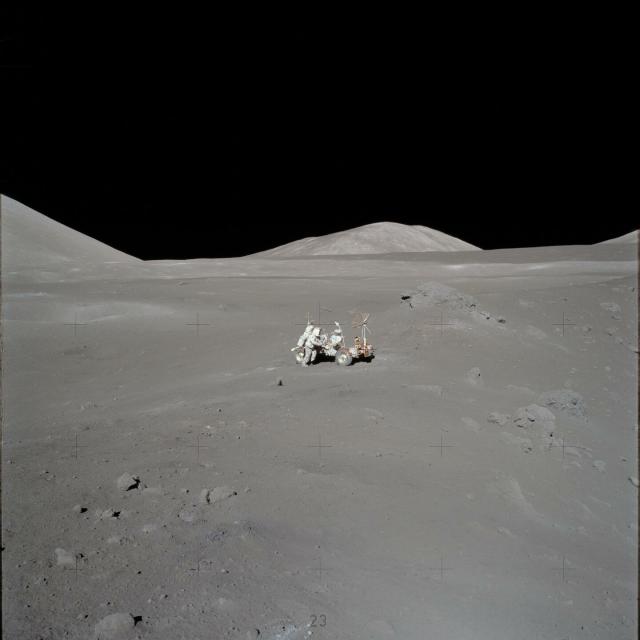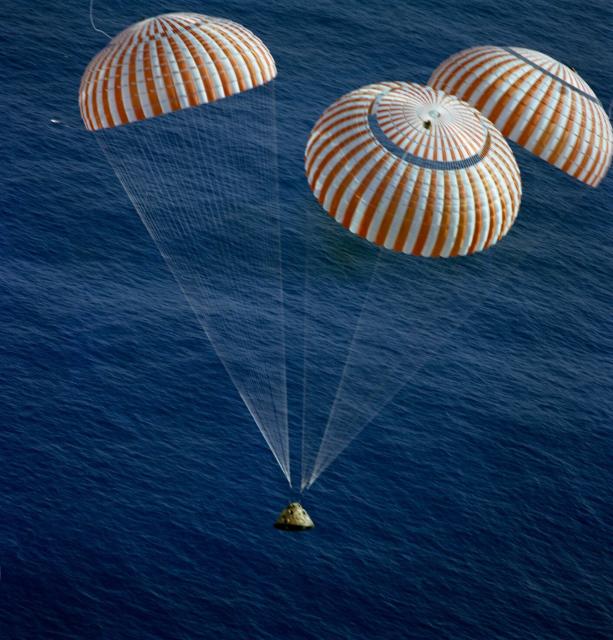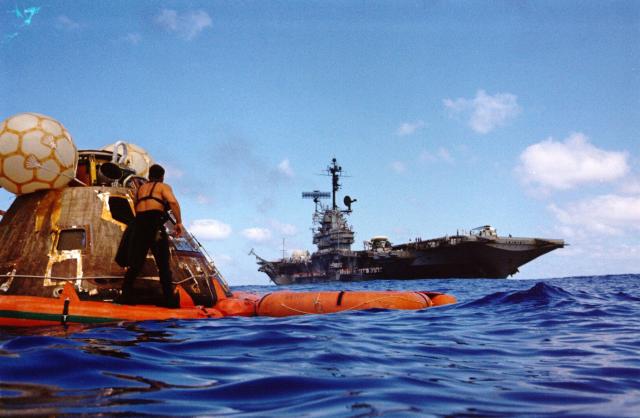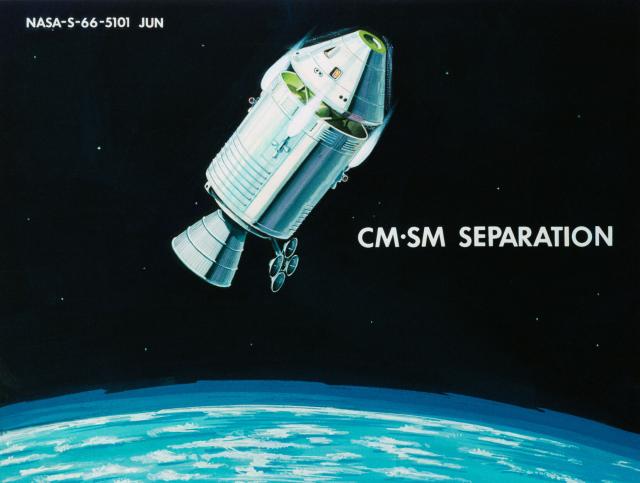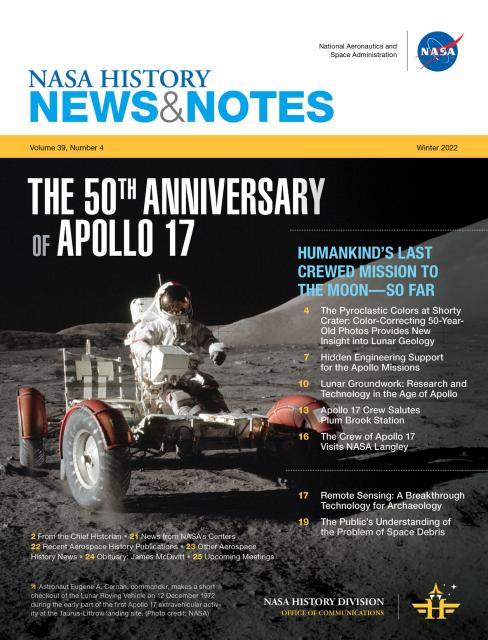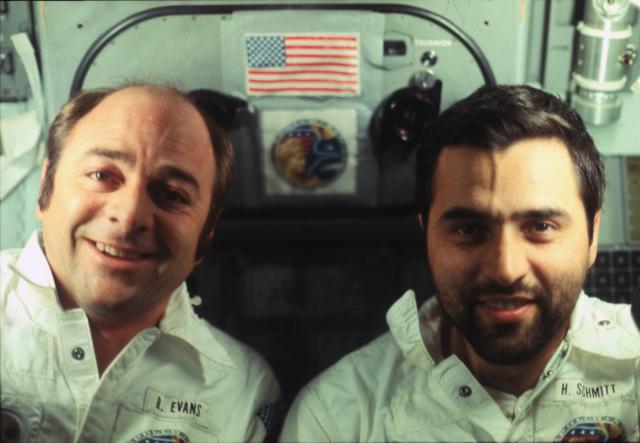Search
Items tagged with: NASAHistory
More: https://go.nasa.gov/3IDlG21
#NASAhistory
Earth's Cryosphere Is Vital for Everyone. Here's How NASA Keeps Track of Its Changes.
Due to ice's important role in the Earth system, NASA is committed to studying it extensively.NASA Sea Level Change Portal
#NASAhistory
Standing, L–R: Bob Cenker, Bill Nelson, Steven Hawley, George Nelson, and Franklin Chang-Diaz. Seated: Charlie Bolden and Hoot Gibson
#NASAhistory
#NASAhistory
The Human Vestibular Function experiment used a spinning chair to test Skylab astronauts' susceptibility to motion sickness, before, during, and after their time in space. #50YearsAgo
More on Skylab medical experiments: https://go.nasa.gov/3k4jtCz
#NASAhistory
Who was on the backup crew? Hint: https://go.nasa.gov/3Qfn4tq
#NASAhistory
#HappyBirthday to the late cosmologist Stephen Hawking. Changing our view of the universe with his theories and outreach, Hawking was also an avid advocate for continued space exploration.
📷 Hawking at NASA in 2008
#NASAhistory
Surveyor 7, the last of the series to fly, launched to the Moon #OTD in 1968 and returned 21,274 pictures! https://go.nasa.gov/3ZelFHF
#NASAhistory
50 years ago: Surveyor 7 Launches
. Surveyor 7, the seventh and last in the series, launched January 7, 1968, from Cape Canaveral on an Atlas-Centaur rocket and landed successfully on the Moon three days later.NASA
#NASAhistory
More about the mission: https://go.nasa.gov/3Z93oLB
#NASAhistory
In Depth | Lunar Prospector – NASA Solar System Exploration
NASA’s real-time science encyclopedia of deep space exploration. Our scientists and far-ranging robots explore the wild frontiers of our solar system.NASA Solar System Exploration
#NASAhistory
Call for Papers for Discovery@30, New Frontiers@20 Symposium
The NASA History Office and the Smithsonian’s National Air and Space Museum invite proposals for papers to be presented at a two-day symposium in November 2023, in Washington, DC.Michele Ostovar (NASA)
Read about the Apollo 17 crew's visit to the facility #OTD in 1973 https://go.nasa.gov/3X6Ckep
#NASAhistory
📷 @airandspace
#NASAhistory
#NASAhistory
Walter Cunningham
NASA brings you images, videos and features from the unique perspective of America's space agency. Get updates on missions, watch NASA TV, read blogs, view the latest discoveries, and more.NASA
#NASAhistory
Apollo Astronaut Walter Cunningham Dies at 90
Former astronaut Walter Cunningham, who flew into space on Apollo 7, the first flight with crew in NASA’s Apollo Program, died early Tuesday morning in Houston. He was 90 years old.Roxana Bardan (NASA)
60 years ago today, the Mariner 2 mission ended after its Venus flyby when contact with the spacecraft was lost when it was 86.7 million km (53.9 million mi) from Earth, a new distance record. https://go.nasa.gov/3GB5kW9
#NASAhistory
In Depth | Mariner 02 – NASA Solar System Exploration
Mariner 2 was the first successful mission to another planet (Venus).NASA Solar System Exploration
Isaac Asimov, born #OTD in 1920, wrote this in a 1985 NASA book about science and society. Find out what was overlooked (p. 59): https://go.nasa.gov/3Wbx1KC
#NASAhistory
Our solar system's own proto-snowman and the most distant object explored by a spacecraft, Arrokoth, had a visitor #OTD in 2019 when the New Horizons probe flew by, taking this photo. More about Arrokoth: https://go.nasa.gov/3hB2RBh
#NASAhistory
Overview | Arrokoth (2014 MU69) – NASA Solar System Exploration
Circling the Sun in a distant region of icy, rocky bodies called the Kuiper Belt, Arrokoth may represent the building blocks of Pluto and other planet-like worlds beyond Neptune.NASA Solar System Exploration
Following the first Hubble servicing mission earlier in December, galaxy M100 was imaged with the new WFPC-2 camera #OTD in 1993, showing that the defect in @NASAHubble's mirror had been corrected.
#NASAhistory
#NASAhistory
Not Yet Imagined
Not Yet Imagined documents the history of the Hubble Space Telescope from its launch through its first 30 years of operation in space.Michele Ostovar (NASA)
Learn more about Robert Goddard: https://go.nasa.gov/3W8k04h
#NASAhistory
Dr. Robert H. Goddard, American Rocketry Pioneer
NASA.gov brings you the latest images, videos and news from America's space agency. Get the latest updates on NASA missions, watch NASA TV live, and learn about our quest to reveal the unknown and benefit all humankind.NASA
More: https://go.nasa.gov/3PByck3
#NASAhistory
Learn more about Nichols' contributions to helping build a more diverse workforce at NASA: https://go.nasa.gov/3jsFcnr
#NASAhistory
Nichelle Nichols: Woman on a NASA Mission
NASA celebrates the life and career of Nichelle Nichols, famous for her role of Lieutenant Uhura on Star Trek, as she retires from public life. Not only did...YouTube
#NASAhistory
#NASAhistory
"Earthrise," one of the most powerful photos in @nasa’s history, was taken by Anders #OTD in 1968 as the Apollo 8 crew orbited the Moon.
#NASAhistory
#NASAhistory
The Story Behind Apollo 8's Famous Earthrise Photo | NASA Solar System Exploration
The inside story of Apollo 8's iconic "Earthise" photo.NASA Solar System Exploration
Find out more: https://go.nasa.gov/3j24N6g
#NASAhistory
Celebrating the Holiday Season in Space
The Christmas, Hanukkah, and New Year holidays are typically joyful events spent with family and friends. Astronauts and cosmonauts who happen to be in space during the holidays have found their own unique way to celebrate the occasions.Kelli Mars (NASA)
Explore the collection: https://go.nasa.gov/3WbApF2
#NASAhistory
History e-Books
NASA.gov brings you the latest images, videos and news from America's space agency. Get the latest updates on NASA missions, watch NASA TV live, and learn about our quest to reveal the unknown and benefit all humankind.NASA
The SR-71 was designed to cruise at Mach 3.2 and at altitudes up to 85,000 ft, making it ideal for high-speed, high-altitude @NASAaero research.
Learn more about NASA's research with the SR-71: https://go.nasa.gov/3uRWTze
#NASAhistory
SR-71 Blackbird
Two SR-71 aircraft were used by NASA as testbeds for high-speed, high-altitude aeronautical research. The aircraft, an SR-71A and an SR-71B pilot trainer aircraft were based at NASA's Dryden Flight Research Center, Edwards, CA.NASA
Explore previous episodes: https://www.jpl.nasa.gov/who-we-are/documentary-series-jpl-and-the-space-age
#NASAhistory
#NASAhistory
With the urgency of the Space Race in full effect, Apollo 8 astronauts Frank Borman, Bill Anders, and Jim Lovell launched from @NASAKennedy #OTD in 1968.
More about the first crewed mission to the Moon: https://go.nasa.gov/3j6pVsc
#NASAhistory
To the Moon and Back: Apollo 8 and the Future of Lunar Exploration
In mid-August of 1968, astronauts Frank Borman, Jim Lovell and William Anders received a call telling them to cancel their winter holiday plans — they were going to the Moon.Karl Hille (NASA)
#NASAhistory
History of Ames Research Center
NASA.gov brings you the latest images, videos and news from America's space agency. Get the latest updates on NASA missions, watch NASA TV live, and learn about our quest to reveal the unknown and benefit all humankind.NASA
The hammer throw: https://apolloinrealtime.org/17/?t=170:29:59
#NASAhistory
Apollo 17 in Real Time
A real-time interactive journey through the last landing on the Moon. Relive every moment as it occurred in 1972.Apollo 17 in Real Time
After 12 days and 14 hours in space, the #Apollo17 astronauts splashed down in the Pacific Ocean at 2:25 pm EST #OTD in 1972. It was the longest of all the Apollo missions with the most samples retrieved and photos taken. #Apollo50th
#NASAhistory
Read more about the mission’s return to Earth: https://go.nasa.gov/3V92HyF
#NASAhistory
Apollo 17 Splash Down Ends the Beginning of Lunar Exploration
On Dec. 19, 1972, Apollo 17 astronauts Eugene A. Cernan, Ronald E. Evans, and Harrison H. “Jack” Schmitt, the first trained geologist to travel to the Moon, successfully ended their 13-day Moon landing mission with a splashdown in their Command Modul…Kelli Mars (NASA)
Almost! 50 years ago today, in preparation for #Apollo17’s descent through Earth’s atmosphere, the Service Module, which powered the mission’s flight to the Moon and back, was separated from the Command Module. #Apollo50th
#NASAhistory
Topics: The orange soil at Shorty Crater, engineering support of the Apollo missions, Apollo 17 science & more!
Download: https://go.nasa.gov/3G0xBFr
#NASAhistory
“Working on the Moon is a lot of fun. It’s like walking around on a giant trampoline all the time and you’re just as strong as you were here on Earth, but you don’t weigh as much.” #Apollo50th
#NASAhistory
